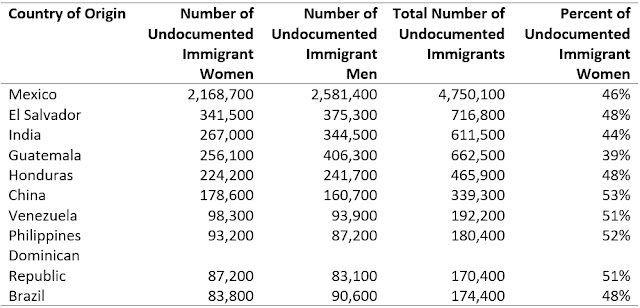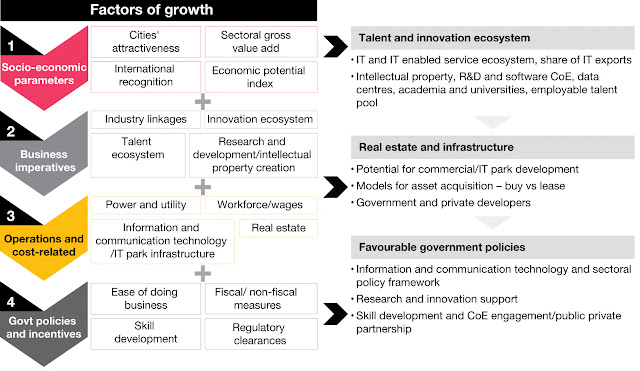#566
Life has an interesting way of throwing curveballs, even when we think we’ve covered all our bases. Just last week, I found myself on a hospital bed, undergoing spine surgery to fuse C4, C5, and C6, Dislocations, (ACDF) and to remove some bone growth that had been bothering me. It was the kind of procedure that, though routine for the medical team, brought an inevitable ripple of anxiety among family and friends. I'm deeply grateful for the expert care of the surgical team led by Dr. Amritlal Albert Mascharanes at Manipal, Vikram Hospital. Their professionalism and calm competence gave me the reassurance I needed. ( I was never in doubt, that is an ability I had picked well- call it a hunch, despite being in ICU 8 times, never even once I had an iota of doubt that, all will go well!,). Yes, I did mention to Lalitha once, that the law of averages of a failure don't come to bite me in my ass, as happened with Ingersoll Rand Job switch in 2012. (I should have known, a failure is round the corner, after 7 successful super job stints in a career then spanning 27 years!). This journey of recovery is a path I tread cautiously but optimistically, looking forward to bouncing back soon. The messages have been pouring in and thank you one and all!.

++
In moments of vulnerability like this, memories of resilience and grit surface, drawing comfort from unexpected sources. My mind drifted to 1973, my early years as a cricket fan, listening to my first test match between New Zealand and England on BBC Radio. (With Dad, it was fun listening to commentary with him!). Back then, it was almost a miracle when New Zealand came close to chasing down England's whopping target of 480. They fell just 40 runs short. It was a nail-biter, with stalwarts like Bevan Congdon, Victor Pollard, and Glen Turner giving England a run for their money. It was a team that taught me something early on—sometimes the sum of a team’s parts outshines any single star. Victor Pollard was there for the 1969 victory vs India, at Nagpur). Sir Richard Hadlee in 1988 at Bombay!

New Zealand's cricketing ethos has always fascinated me, built on unity, resilience, and strategy. Over the years, players like Sir Richard Hadlee, Martin Crowe, and Kane Williamson only strengthened their stature on the international stage. Their recent triumph in India reminded me of their unflinching spirit. First, they claimed a win in Bangalore with pace, then struck again in Pune with spin. For a team known for its balance rather than glamour, they’ve shown India a masterclass in their own backyard—a first Test win after 36 years, and a first Test series win in India in an impressive 69 years. Watching them thrive has been a joy, especially as someone who’s never quite connected with Indian cricket. To me, a New Zealand victory feels like a reminder of the power of consistency and grit. Well done, Kiwis!
+++
This morning, as I sipped on my coffee ( I was hungry at 4am so some snacks too unusual munching, may be the strong medicines effect), a small notification from my Apple Watch popped up, prompting me to reflect: “Imagine you're in a challenging situation that needs careful handling. Seek advice from your best friend and see his perspective on how it could be solved.” At first glance, it seemed like just another daily mindfulness prompt. But this one felt timely and fitting, given my current circumstances. It was a subtle but profound reminder that we often get so wrapped up in our own perspective, especially in times of challenge or recovery, that we forget the value of seeing things through another’s eyes.
In recent days, I've found myself relying more on the support of my loved ones, leaning into the comfort of their presence and words. And while I have often been the one to offer advice, support, and strength, this phase has allowed me to experience the opposite—trusting in the wisdom and perspectives of others. The prompt felt like a gentle nudge to embrace this new role as a "receiver" of guidance, to actively seek out perspectives I may have once overlooked or thought unnecessary.
I pondered who I’d turn to for advice in such a situation. The answer came easily—a close friend, someone who brings a balanced, grounded approach, and doesn’t shy away from speaking hard truths. Imagining his perspective allowed me to shift my mindset. I could visualise him saying, “Take it slow. Use this time to shed the unnecessary baggage, to make room for what’s really essential. This is your opportunity to focus on the present moment, no strings attached.”
This watch prompt is one of those exercises in thinking outside oneself—seeing challenges as puzzles rather than roadblocks, and considering solutions I might not have realised if I stayed fixed in my own way of thinking. Sometimes, an outside perspective illuminates a path that isn’t immediately visible to us, especially when we’re deep within a struggle or transition. I’m finding that this type of reflection isn’t about reaching a destination, but rather learning to be comfortable with where I am now, gaining patience and resilience along the way.
Reflecting on this, I see it as a reminder that life is a collective journey. It’s easy to fall into the trap of believing we must bear our struggles alone, and yet, there’s immense wisdom in leaning into the guidance and perspectives of those who care for us. In a way, the Apple Watch nudge is a call to return to humility, to accept that others might see a solution that we can’t—perhaps even a gentler, more forgiving approach to life’s challenges.
In these quiet moments of early morning contemplation, I’m learning to embrace this insight. Sometimes, a fresh viewpoint can be the spark that illuminates the path forward, reminding us that while life might place obstacles in our way, it also provides the companionship and wisdom of others to help us find our way through.
So what can you do in such situation?
To weave this kind of reflective thinking into your daily mindset, try a few small shifts:
- Embrace the ‘third-person view’: Imagine you’re narrating your challenges to your friend. With each detail, pause to consider how they would react, where they might bring empathy, and where they might push you toward alternative approaches or views. This exercise can help uncover perspectives that otherwise feel elusive in first-person analysis.
- Frame beliefs as ‘current truths’: Treat your beliefs not as absolutes but as “truths” you’ve developed over time. This framing invites room for change, encouraging you to adapt rather than defend them rigidly. Seeing them as evolving insights allows your friend’s imagined advice to soften and even nudge your worldview.
- Create a dialogue with your inner mentor: Visualise that friend as an inner mentor who knows your challenges but speaks to you with warmth, humor, and encouragement. Allow them to raise questions and pose new possibilities without needing a quick answer. It helps you recognise that some of the answers might naturally reveal themselves in time.
+++++
In this journey of healing, I’m gradually letting go of multitasking. I’ve started taking things slower, valuing relationships over tasks and reframing my sense of what truly matters. There's a certain magic in the stillness of early mornings (4 a.m. starts help immensely), giving me the space to reflect and realign. It’s humbling to realise that so much of what I once considered essential may not be quite so necessary. And while I'm not yet fully convinced, this period of recuperation and reflection is helping me redefine what 'essential' really means.
As I prepare to re-enter the rhythm of my normal life come January 2025, I find myself more committed to focusing on what truly enriches my life—family, friendships, living the moment, and moments of joy, more than mere accomplishments. This rest period is my opportunity for soul-searching, and I’ll continue on this reflective journey until I’m fully ready to dive back in.
For now, I watch, I ponder, and I am grateful.
Karthik
27th October 2024
9am.
PS: In too Deep was so so, I would rate 4/10. Reacher is getting old, and predictable(Too many female partners to work with him, much to my dislike- thankfully no sex; off late! I am more Alistair MaClean mold, men are there to solve crimes and women have no role they can do better things!). Yes, Lee Child brings glaring issues that plague American society, in to open so that is a good thing about it! #29/29 Reacher done! I shall always Remember the gentleman at Rajesh Library, Indhranagar, Bangalore recommending Killing Floor (#1) in 2001, and said to me, If you are not riveted, I will give your money back! Boy!!!! oh Boy!!!!



































.jpeg)



